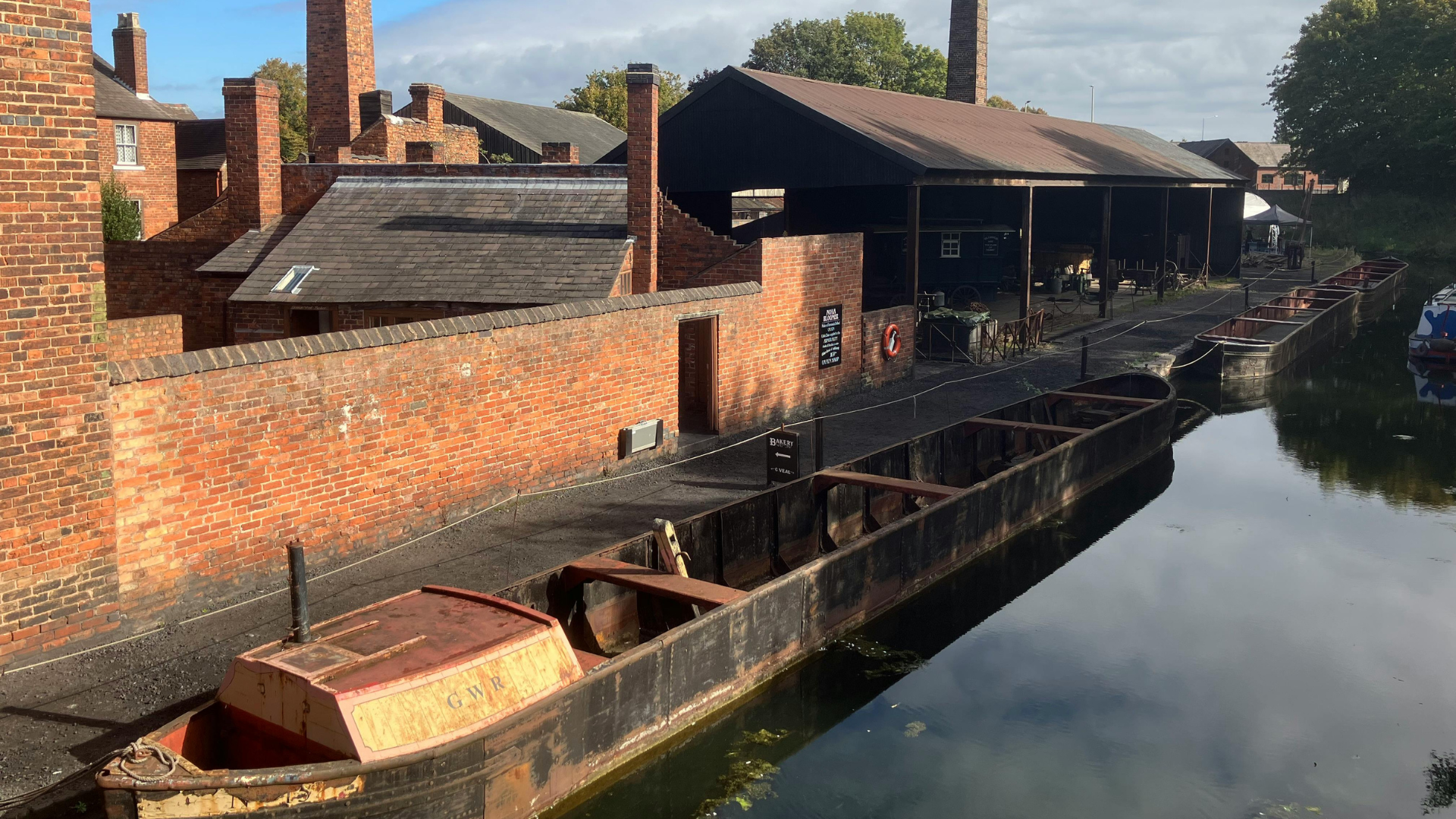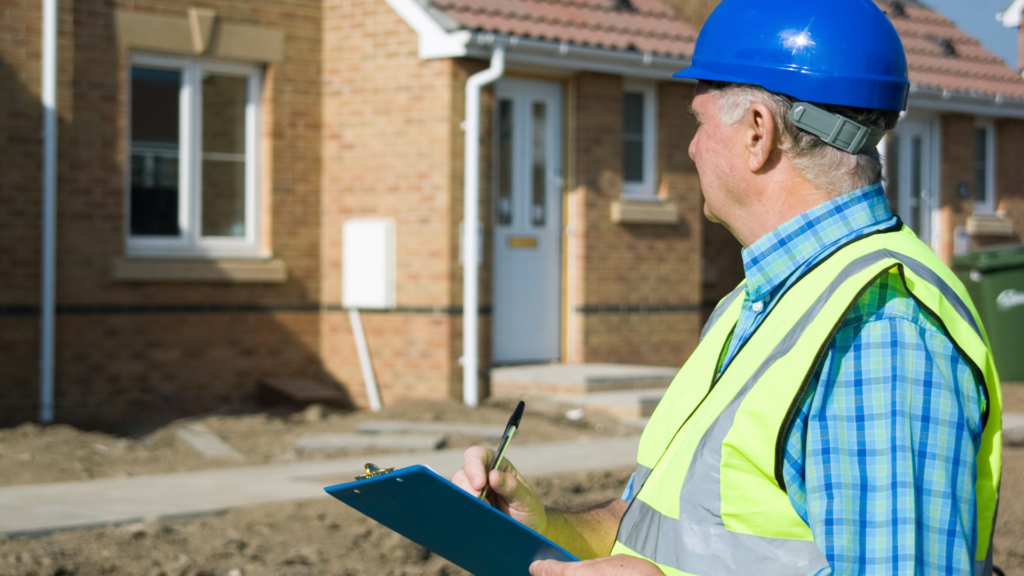- What is Subsidence?
- Types of Subsidence
- Signs Your Property Has Subsidence
- How to Fix Subsidence
- How Much Does It Cost to Fix Subsidence?
- Is Buying a House with Subsidence Worth It?
- Can You Get a Mortgage for a House with Subsidence?
- How to Get a Mortgage?
- Can You Remortgage a House with Subsidence?
- What About Insurance for a House with Subsidence?
- Things to Consider When Selling a House with Subsidence
- Key Takeaways
- The Bottom Line
Buying a House with Subsidence: What You Need to Know

You’ve found what could be your dream home—it’s charming, it’s affordable, and it’s got that little garden perfect for summer BBQs.
But wait, there’s a catch.
You’ve just heard the dreaded word: subsidence.
Before you cross it off your list, let’s talk about what subsidence means, how it can be addressed, and whether buying a house with subsidence is still a good idea.
This guide explains everything you need about buying a house with subsidence.
What is Subsidence?
Subsidence means the ground beneath a building is sinking, which causes the property to move downwards.
This movement can make your house unstable. It happens when the soil under your property shrinks or shifts, often because it’s too dry, there’s clay in the ground, or a nearby tree is taking up too much moisture.
Whatever the reason, subsidence can cause cracks and structural issues—not ideal when you’re looking at your future home.
The good news? Not all subsidence is serious. Sometimes, it’s minor, and the solution is simpler than you might think. It’s all about understanding the issue and making an informed decision.
Types of Subsidence
There are two main types: ongoing subsidence and historic subsidence.
- Ongoing Subsidence. This is subsidence that’s currently active, meaning the ground is still shifting, and cracks are likely still forming. This kind can be pretty challenging, as most lenders shy away from financing a house with active issues.
- Historic Subsidence. This is subsidence that happened in the past but has since been stabilised. It might still sound a bit scary, but a house with historic subsidence can actually be a safe purchase if all the necessary repairs were done correctly. Plus, these homes often sell for less, which could be a great opportunity for the right buyer.
Signs Your Property Has Subsidence
How do you know if a house has subsidence? Keep an eye out for these tell-tale signs:
- Diagonal Cracks. Cracks are the biggest red flag. Not just any cracks, though. Look for those that are wider than 3mm and run diagonally, often near doors and windows. They may be wider at the bottom than the top.
- Sticking Doors or Windows. If doors or windows are difficult to open or close, it might be because the frames are warping due to uneven movement in the building.
- Wallpaper Tears. Especially if it’s near the ceiling or corners, this could mean the walls are shifting.
Not all cracks mean you’re in trouble. Minor hairline cracks could just be the result of natural settlement or temperature changes, but it’s always good to get an expert opinion.
How to Fix Subsidence
Fixing subsidence isn’t just about patching up the cracks. The underlying cause needs to be addressed so it doesn’t happen again.
Here are the main ways to deal with it:
- Underpinning. This is the big one. Underpinning involves strengthening the foundation of the house by extending it to more stable soil. It can be costly, but it’s often necessary for severe cases.
- Removing Trees or Fixing Drains. Sometimes, minor subsidence is caused by nearby trees or a leaking drain. Simply removing the offending tree or repairing a drain can solve the problem. This is often the case with minor subsidence.
- Jet Grouting or Piling. These are other methods that might be used to stabilise the soil, particularly if underpinning isn’t an option.
How Much Does It Cost to Fix Subsidence?
The cost can vary wildly, depending on the severity. Underpinning alone can cost anywhere between £5,000 to £50,000.
Minor repairs, like fixing a broken drain or removing a tree, are much cheaper, usually a few hundred to a couple of thousand pounds.
It’s crucial to get multiple quotes and factor this cost into your decision when buying a house with subsidence.
Is Buying a House with Subsidence Worth It?
The answer really depends on your situation and risk tolerance. Subsidence can mean a lower price tag, but you also need to consider the costs of repairs and the potential challenges in selling it later.
Here are the pros and cons:
Pros:
- Potential for price negotiation
- Lower market value compared to similar properties without subsidence
- May be in a desirable area that would otherwise be out of budget
Cons:
- Higher insurance premiums or limited insurance options
- Potential costly repairs
- Difficulties securing a mortgage
- Reduced pool of future buyers due to subsidence history
Can You Get a Mortgage for a House with Subsidence?
Getting a mortgage for a house with subsidence can be tricky, but it’s not impossible.
Most lenders will only provide a mortgage if the subsidence has been addressed and there’s proof the property is now stable.
Typically, they will require a Certificate of Structural Adequacy, which shows that underpinning or other remedial work has been carried out properly.
How to Get a Mortgage?
To get a mortgage for a house with subsidence, you’ll often need to:
- Hire a Structural Engineer. Get a full report that shows the extent of the subsidence and proof of repairs.
- Provide Documentation. Lenders will want to see documents like the Certificate of Structural Adequacy.
- Find a Specialist Lender. Not all lenders will finance these properties, but there are specialist lenders who do. Working with a mortgage broker can help you find the right one.

Can You Remortgage a House with Subsidence?
Remortgaging a house with subsidence is similar to getting a mortgage for buying one.
If the subsidence has been fixed, you’re more likely to succeed, but some lenders will still be cautious.
You’ll need all the paperwork showing that the issues have been addressed. If the subsidence is ongoing, most lenders will refuse until it’s fully repaired.
What About Insurance for a House with Subsidence?
Insuring a house with subsidence is certainly more challenging, and you can expect higher premiums.
Most mainstream insurers may decline to cover a house with a history of subsidence, but there are specialist insurers who deal with these kinds of properties. It’s important to get quotes early on so you know what to expect.
If you’re buying a property that was underpinned, you may need to stick with the current insurer or use a specialist broker.
Be prepared for an excess that could be significantly higher than standard policies.
Things to Consider When Selling a House with Subsidence
Selling a house with a history of subsidence can be more complicated.
Buyers might be wary, and mortgage lenders can be strict.
Make sure to keep all documentation related to any work done, including structural surveys and repair certificates.
Honesty is crucial—subsidence issues will come up in surveys, so it’s best to be upfront.
Key Takeaways
- Subsidence is a downward movement of the ground beneath a house, causing potential structural issues.
- There are two types: ongoing and historic subsidence. Historic subsidence can often be safely managed if repaired correctly.
- Fixing subsidence can range from minor repairs to full underpinning, depending on the severity.
- Mortgages and insurance for houses with subsidence are possible but can be more challenging and costly.
- Buying a house with subsidence could mean a lower price, but there are also potential challenges with future resale and ongoing costs.
The Bottom Line
Buying a house with subsidence isn’t for everyone, but it could be an opportunity for the right person.
Make sure to get expert advice, conduct thorough surveys, and factor in all potential costs before making a decision.
A good mortgage broker can be a real lifesaver when dealing with subsidence.
They can help you find lenders who understand these issues and get you the best possible mortgage deal.
Here’s what a mortgage broker can do:
- Find lenders who specialise in subsidence
- Help you get the best mortgage terms
- Guide you through the mortgage process and surveys
- Negotiate for better mortgage terms
- Save you time by handling paperwork
If you want to save time and stress, contact us. We’ll connect you with a trusted broker who can help with your specific mortgage needs.
Get Matched With Your Dream Mortgage Advisor...

Frequently asked questions
Does a mortgage valuation check for subsidence?
Yes, a mortgage valuation might spot signs of subsidence, but it’s not as detailed as a full structural survey. If the valuer sees anything concerning, they will suggest getting a full structural survey to check for problems.
Will subsidence affect house value?
Yes, subsidence can significantly reduce a property’s value, sometimes by as much as 20%, depending on the severity and whether it has been resolved. Even after repairs, the history of subsidence can affect resale value.
Do cracks always mean subsidence?
No, not all cracks are caused by subsidence. Small cracks are often harmless and could just be from the house settling or changes in temperature. A professional survey is the best way to find out if cracks are serious.
Can you permanently fix subsidence?
In most cases, subsidence can be fixed, especially with underpinning or by solving the problem that caused it, like removing a tree or repairing a broken drain. However, regular checks may be needed to make sure the problem doesn’t come back.
What documents should I request when buying a house that has had subsidence?
You should ask for:
- A Certificate of Structural Adequacy, if available.
- Any past structural surveys.
- Details of the repairs carried out.
- Guarantees or warranties for any underpinning or other remedial work.
What if the underpinning work was done a long time ago, and the guarantee has expired?
If the guarantee has expired, it’s still a good idea to get a current structural survey to make sure the house is stable. Some lenders may still offer a mortgage if the survey shows there are no new problems.
Should I get a full structural survey on a house with past subsidence?
Yes, a full structural survey is important if the house has had subsidence before. It will give you a detailed check on the house’s condition and help you spot any future risks.
What are the risks of buying a house with subsidence?
The main risks are expensive repairs, trouble getting a mortgage or insurance, and difficulty selling the house later. However, if the subsidence has been fixed and properly documented, these risks can often be managed.




